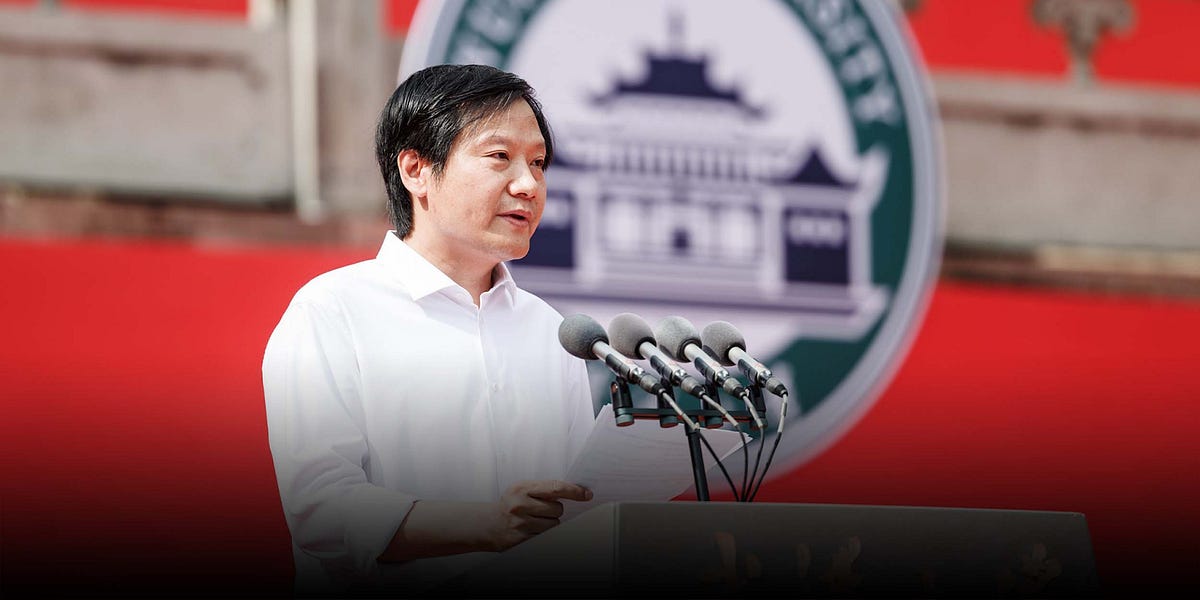Nigeria's Precious Metal Watch Market Report 2025 - Prices, Size, Forecast, and Companies
The Nigerien precious metal watch market expanded remarkably to $X in 2024, with an increase of X% against the previous year. Over the period under review, the total consumption indicated pronounced growth from 2012 to 2024: its value increased at an average annual rate of X% over the last twelve years. The trend pattern, however, indicated some noticeable fluctuations being recorded throughout the analyzed period. Based on 2024 figures, consumption increased by X% against 2022 indices. As a result, consumption attained the peak level of $X. From 2020 to 2024, the growth of the market remained at a lower figure.
In value terms, precious metal watch production expanded significantly to $X in 2024 estimated in export price. Overall, the total production indicated a notable increase from 2012 to 2024: its value increased at an average annual rate of X% over the last twelve years. The trend pattern, however, indicated some noticeable fluctuations being recorded throughout the analyzed period. The growth pace was the most rapid in 2019 when the production volume increased by X%. As a result, production attained the peak level of $X. From 2020 to 2024, production growth remained at a somewhat lower figure.
Precious metal watch exports from Nigeria reduced markedly to X units in 2024, waning by X% against the year before. Over the period under review, exports saw a pronounced setback. The growth pace was the most rapid in 2016 when exports increased by X%. As a result, the exports attained the peak of X units. From 2017 to 2024, the growth of the exports remained at a lower figure.
In value terms, precious metal watch exports fell markedly to $X in 2024. In general, exports showed a deep reduction. The growth pace was the most rapid in 2022 when exports increased by X% against the previous year. The exports peaked at $X in 2016; however, from 2017 to 2024, the exports failed to regain momentum.
South Africa (X units), Switzerland (X units) and Zimbabwe (X units) were the main destinations of precious metal watch exports from Nigeria, with a combined X% share of total exports.
From 2012 to 2024, the most notable rate of growth in terms of shipments, amongst the main countries of destination, was attained by Zimbabwe (with a CAGR of X%), while the other leaders experienced more modest paces of growth.
In value terms, Switzerland ($X) remains the key foreign market for precious metal watches exports from Nigeria, comprising X% of total exports. The second position in the ranking was held by the UK ($X), with a X% share of total exports. It was followed by Zimbabwe, with a X% share.
From 2012 to 2024, the average annual growth rate of value to Switzerland stood at X%. Exports to the other major destinations recorded the following average annual rates of exports growth: the UK (X% per year) and Zimbabwe (X% per year).
In 2024, the average precious metal watch export price amounted to $X per unit, rising by X% against the previous year. Over the period under review, the export price, however, showed a noticeable descent. The pace of growth was the most pronounced in 2014 an increase of X%. As a result, the export price reached the peak level of $X thousand per unit. From 2015 to 2024, the average export prices remained at a lower figure.
Prices varied noticeably by country of destination: amid the top suppliers, the country with the highest price was the UK ($X per unit), while the average price for exports to South Africa ($X per unit) was amongst the lowest.
From 2012 to 2024, the most notable rate of growth in terms of prices was recorded for supplies to Switzerland (X%), while the prices for the other major destinations experienced a decline.
Precious metal watch imports into Nigeria fell modestly to X units in 2024, which is down by X% against the previous year. In general, imports, however, recorded moderate growth. The most prominent rate of growth was recorded in 2015 with an increase of X% against the previous year. As a result, imports attained the peak of X units. From 2016 to 2024, the growth of imports remained at a lower figure.
In value terms, precious metal watch imports expanded rapidly to $X in 2024. Over the period under review, imports, however, posted significant growth. The pace of growth was the most pronounced in 2013 when imports increased by X%. Over the period under review, imports reached the maximum at $X in 2019; however, from 2020 to 2024, imports stood at a somewhat lower figure.
The United States (X units), the United Arab Emirates (X units) and Belgium (X units) were the main suppliers of precious metal watch imports to Nigeria, together comprising X% of total imports.
From 2012 to 2024, the most notable rate of growth in terms of purchases, amongst the main suppliers, was attained by Belgium (with a CAGR of X%), while imports for the other leaders experienced more modest paces of growth.
In value terms, the largest precious metal watch suppliers to Nigeria were the United States ($X), the United Arab Emirates ($X) and Hong Kong SAR ($X), with a combined X% share of total imports. Belgium, Japan, South Korea, Spain, France, Malaysia, Australia, South Africa, Germany and the Netherlands lagged somewhat behind, together comprising a further X%.
Spain, with a CAGR of X%, saw the highest growth rate of the value of imports, among the main suppliers over the period under review, while purchases for the other leaders experienced more modest paces of growth.
The average precious metal watch import price stood at $X thousand per unit in 2024, rising by X% against the previous year. In general, the import price posted significant growth. The growth pace was the most rapid in 2013 when the average import price increased by X% against the previous year. Over the period under review, average import prices hit record highs at $X thousand per unit in 2022; however, from 2023 to 2024, import prices stood at a somewhat lower figure.
Prices varied noticeably by country of origin: amid the top importers, the country with the highest price was the United States ($X thousand per unit), while the price for the Netherlands ($X thousand per unit) was amongst the lowest.
From 2012 to 2024, the most notable rate of growth in terms of prices was attained by Spain (X%), while the prices for the other major suppliers experienced more modest paces of growth.
Source: IndexBox Platform











